After exploring the exhibits of the Independence Seaport Museum, Jandy and I went out to the waterfront and boarded the World War II/Cold War submarine USS Becuna, anchored next to Admiral George Dewey‘s flagship the USS Olympia, to check the innards of the submarine, a first for both of us, and get a glimpse of all aspects of a submariner’s life.
Check out “Independence Seaport Museum – USS Olympia“

National Historic Landmark Plaque
Both boats are very good static displays and kept in pretty good condition. The USS Becuna (SS/AGSS-319), a Balao-class diesel-electric submarine of the United States Navy nicknamed “Becky,” was named for the becuna, a pike-like fish of Europe.
Exploring the full length of the sub, from stem to stern, requires going into tight spaces (the small hatches, requiring a degree of flexibility, could be tough to maneuver through) and using ladders and steps, so it not a good attraction for those needing accessibility as well as those who are extremely claustrophobic.
You can rush through the tour in only a few minutes but, if you take the time, you can spend the time looking at all of the pipes wires and valves and really feel what it was like to live and work in the extremely tight quarters on this sub.
The Captain’s stateroom was tiny. We weren’t able to see the conning tower and periscopes as it’s only included in the highly recommended “Behind the Scenes” tour which we were too late for.
Here’s the timeline of the submarine’s operational history:
- On April 10, 1942, the order to build submarine Becuna was issued.
- On April 29, 1942, the keel of submarine is laid down
- On January 30, 1944, she was launched by Electric Boat Company (Groton, Connecticut) and sponsored by Mrs. George C. Crawford, wife of Cmdr. George C. Crawford.
- On May 27, 1944, The USS Becuna (SS-319) was commissioned with Lt.-Cmdr. H. D. Sturr in command.
- On July 1, 1944, she departs New London, Connecticut
- On July 7, 1944, the USS Becuna detects a hostile submarine in the Atlantic Ocean and fires four torpedoes at the target; all torpedoes missed and contact with the enemy submarine was lost.
- On July 27, 1944, she arrives at Pearl Harbor, US Territory of Hawaii
- On August 23, 1944, the USS Becuna departs Pearl Harbor for her first war patrol
- On September 1, 1944, she comes across a Japanese soldier in a small boat. After taking the soldier prisoner, she sinks the boat with machine gun fire.
- On September 24, 1944, she fires three torpedoes at a Japanese transport in the Luzon Strait south of Taiwan but all torpedoes miss.
- On September 25, 1944, the USS Becuna fires three torpedoes at a Japanese destroyer in the Luzon Strait south of Taiwan but all torpedoes miss.
- On October 8, 1944, she damages the Japanese tanker Kimikawa Maru in the South China Sea with two of four torpedoes fired.
- On October 9, 1944, the USS Becuna attacks a Japanese convoy in the South China Sea, claiming two sunk and two damaged; ten torpedoes were expended, seven of them made contact.
- On November 16, 1944, she departs Fremantle, Australia for her second war patrol.
- On November 17, 1944, the USS Becuna damages four Japanese ships – the tanker San Luis Maru, tanker Tokuwa Maru, a transport and cargo ship.
- On January 2, 1945, she sinks two small vessels between Malaya and Borneo in two separate engagements with her deck gun.
- On February 22, 1945, the USS Becuna fires ten torpedoes at a Japanese convoy in the South China Sea, with one torpedo making contact and sinking the Japanese tanker Nichiyoko Maru.
- On May 22, 1945, she departs for her fourth war patrol, on lifeguard station for carrier air crews.
- On June 21, 1945, USS Becuna departs for her fifth war patrol.
- On July 15, 1945, she attacks a Japanese Otori-class torpedo boat without effect.
- On July 27, 1945, the submarine arrives at Subic Bay, Luzon
- On September 22, 1945, she arrives at San Diego, California and is assigned to the Submarine Force of the US Navy Pacific Fleet.
- On May 6, 1947, the USS Becuna enters Mare Island Naval Shipyard, California, United States, for a scheduled overhaul.
- On September 22, 1947, she completes her scheduled overhaul.
- On April 1949, she is ordered to Submarine Force, Atlantic Fleet, as a unit of Submarine Squadron 8.
- Between May 1949 and May 1950, she conducts refresher training exercises and also assisted in training of student officers and men at New London, Connecticut.
- In November 1950, she returned to Electric Boat Co. for a complete modernization overhaul, being refitted as a GUPPY-type submarine, with sophisticated radar and torpedo equipment including nuclear warheads.
- On August 1951, the submarine’s overhaul is completed and the Becuna sails to the Caribbean for post-modernization shakedown.
- On September 1951, she returns to New London. Becunaoperates with the Atlantic Fleet trailing Soviet submarines with eavesdropping equipment aboard, making two cruises with the 6th Fleet in the Mediterranean and one to Scotland. Other than these extended cruises, the majority of Becuna‘s service was at New London as a training submarine.
- In 1969, she is reclassified as an Auxiliary Submarine, AGSS-319.
- On November 7, 1969, the Becunais decommissioned and laid up in the Atlantic Reserve Fleet.
- In 1971, she reverts to SS-319
- On August 15, 1973, she was struck from the Naval Register
- On June 21, 1976, the Becuna was placed on permanent display adjacent to the cruiser USS Olympia (C-6) at Penn’s Landing in Philadelphia.
- On August 29, 1986, she was designated a National Historic Landmark for her service in World War II for which she received four battle stars.
- On January 1, 1996, she becomes a museum ship at the Historic Ship Zone of the Independence Seaport Museum.
- In 2001, Becuna receives the Historical Welded Structure Award of the American Welding Society.
Here are some specifications of this ship:
- Displacement: 1,500 long tons (1,500 t) surfaced, 2,080 long tons (2,110 t) submerged
- Length: 95.02 m. (311 t., 9 in.)
- Beam: 8.31 m. (27 ft., 3 in.)
- Draft: 5.13 m. (16 ft., 10 in.) maximum
- Propulsion: 4 × General MotorsModel 16-278A V16 diesel engines driving electrical generators, 2 × 126-cell Sargo batteries, 4 × high-speed General Electric electric motors with reduction gears, two propellers, 5,400 shp (4.0 MW) surfaced, 2,740 shp (2.0 MW) submerged.
- Speed: 38 kms./hour (20.25 knots) surfaced, 16 kms./hour (8.75 knots) submerged
- Range: 20,000 kms. (11,000 nautical miles) surfaced at 19 kms./hour (10 knots)
- Endurance: 48 hours at 3.7 kms./hour (2 knots) submerged, 75 days on patrol
- Test depth: 120 m. (400 ft.)
- Complement: 8 commissioned officers, 5 chief petty officers, 67 enlisted men
- Armament: 24 torpedoes, 10 × 533 mm. (21 in.) torpedo tubes (6 forward, 4 aft), 1 × 127 mm. (5 in.)/ 25 caliber deck gun, Bofors 40 mm. and Oerlikon 20 mm. cannon.
Independence Seaport Museum: 211 S. Columbus Blvd., Philadelphia, Pennsylvania 19106, U.S.A. Tel: +1 215-413-8655. Website: www.phillyseaport.org. Open daily, 10 AM – 5 PM. Closed on Thanksgiving Day and Christmas Day but open on New Year’s Day, Martin Luther King Day (January 15) and President’s Day (February 19). Admission: US$16 (adults), US$12 (seniors, 65 & over), US$12 (children, 3–12 years old), free for college students, military (active & retired) and children 2 years old & under. Seafarin’ Saturday and Citizen Science Lab programming are included with regular admission. Group visits are available at reduced rates for a minimum of ten people. Reservations must be made in advance.

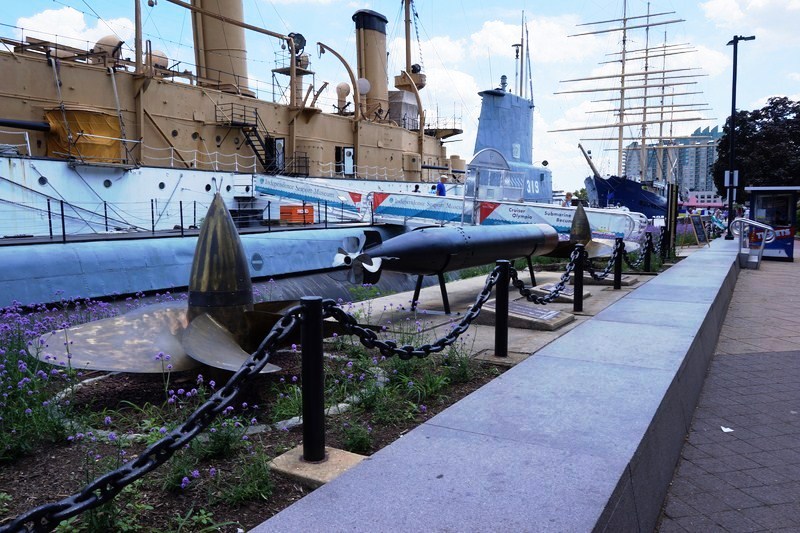
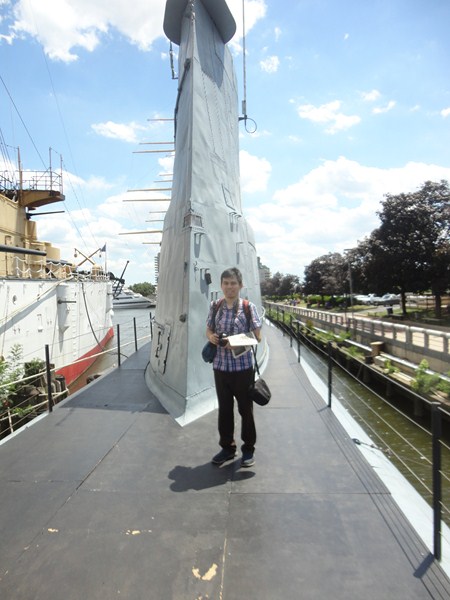
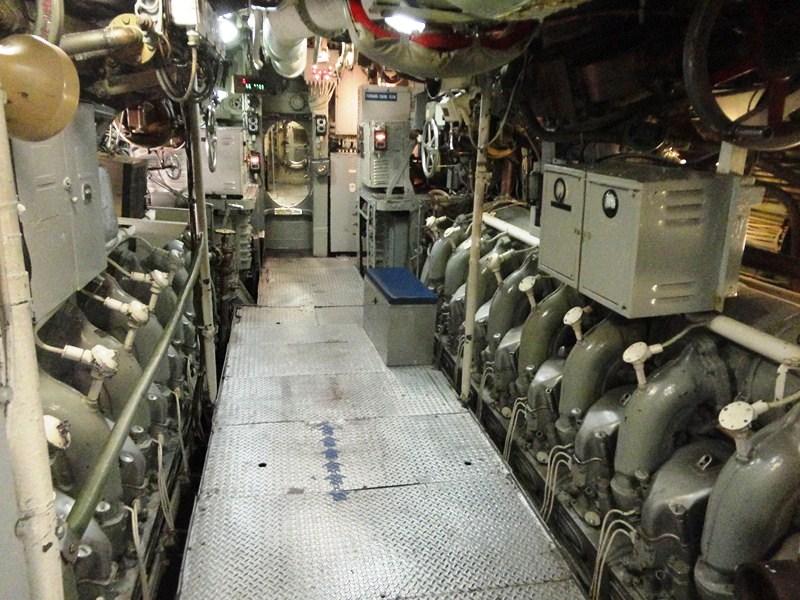
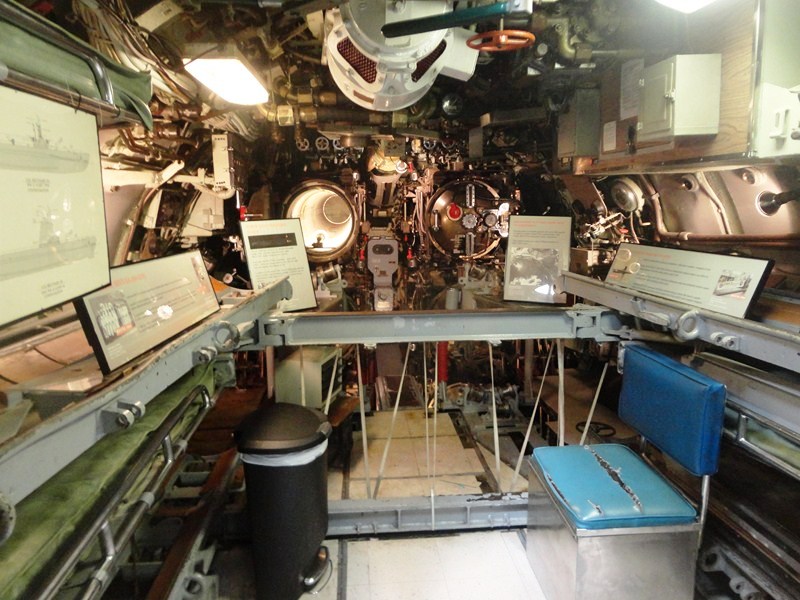
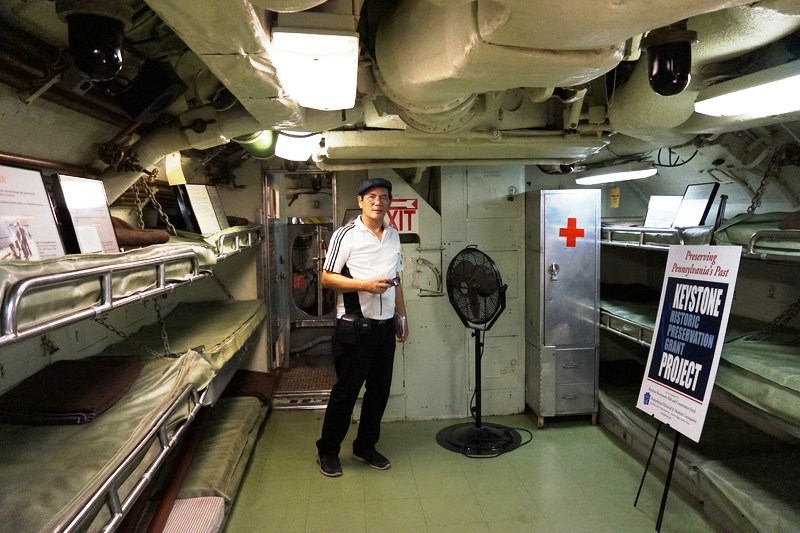
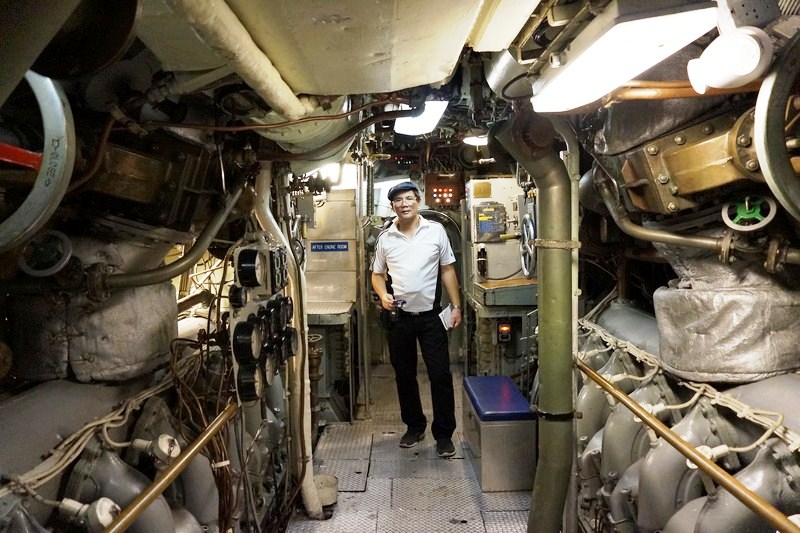
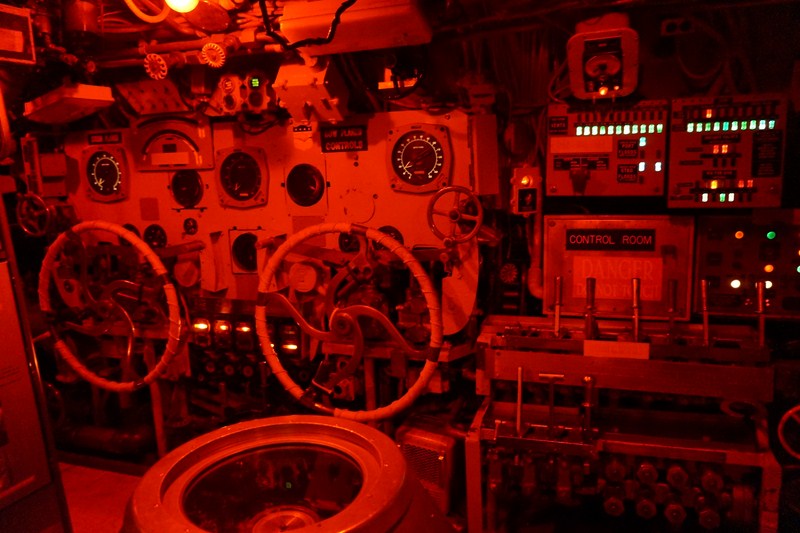
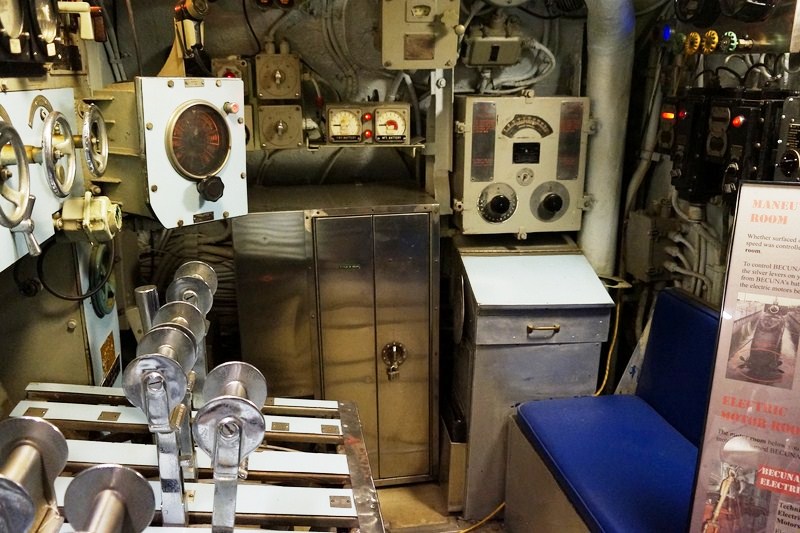
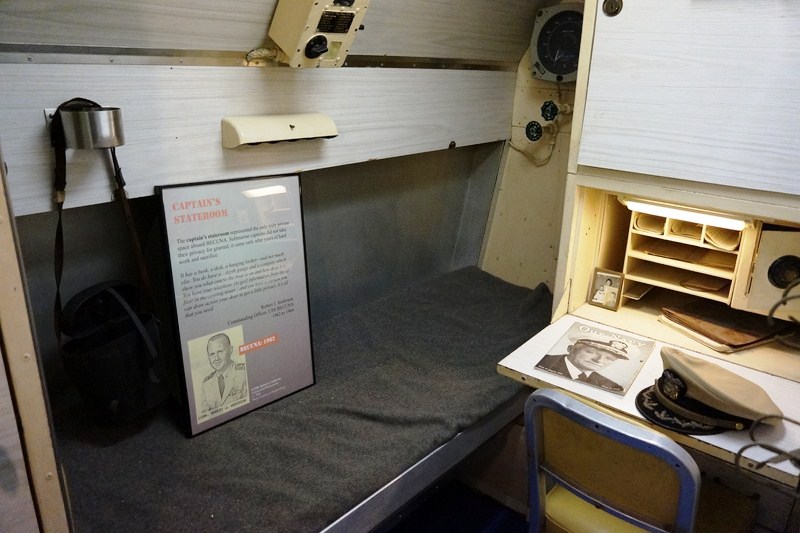



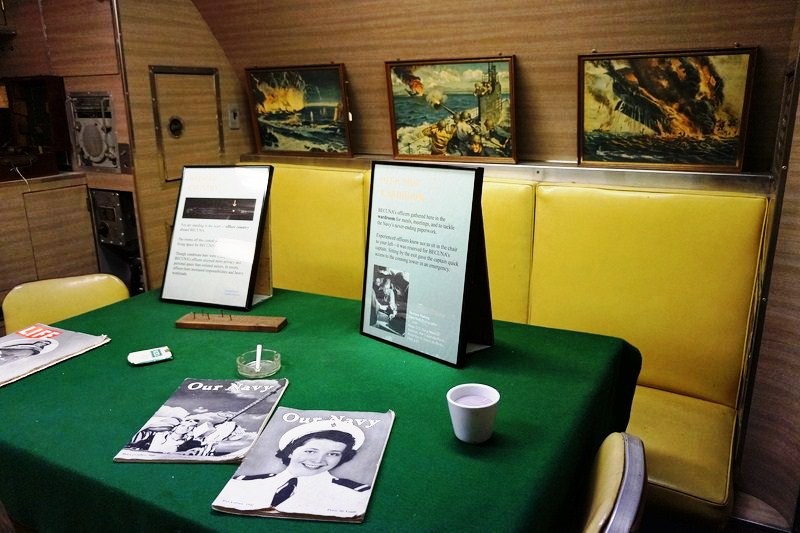
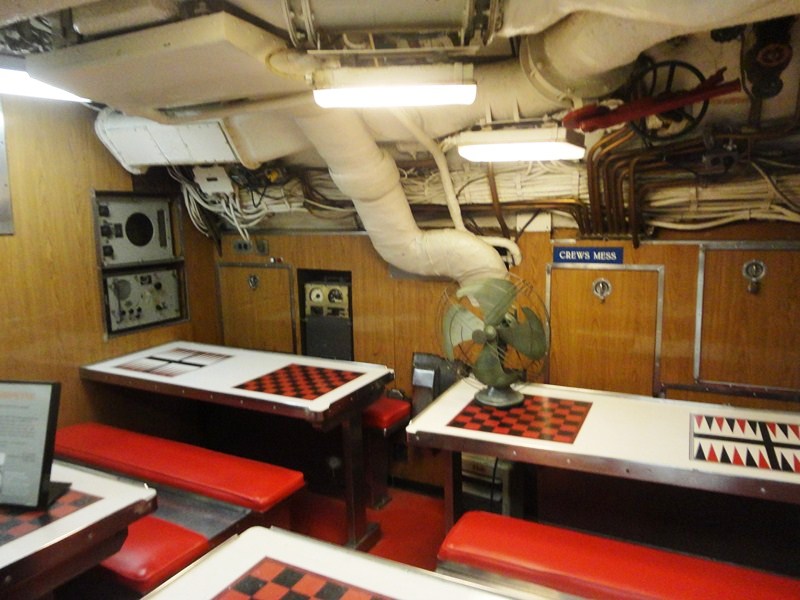





Pingback: Independence Seaport Museum (Philadelphia, Pennsylvania, USA) – B.L.A.S.T. – Live Life to the Fullest ……… Don't Stay Put
Pingback: The Moshulu (Philadelphia, Pennsylvania, USA) – B.L.A.S.T. – Live Life to the Fullest ……… Don't Stay Put